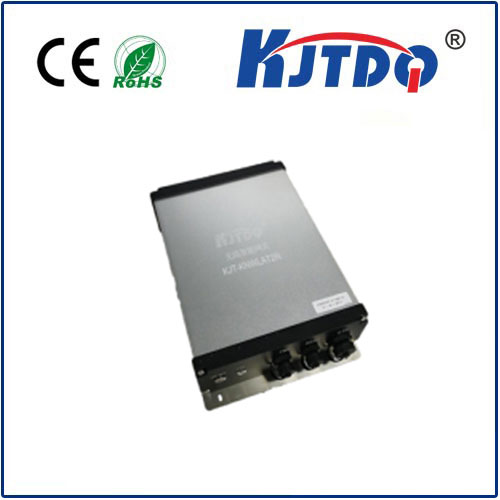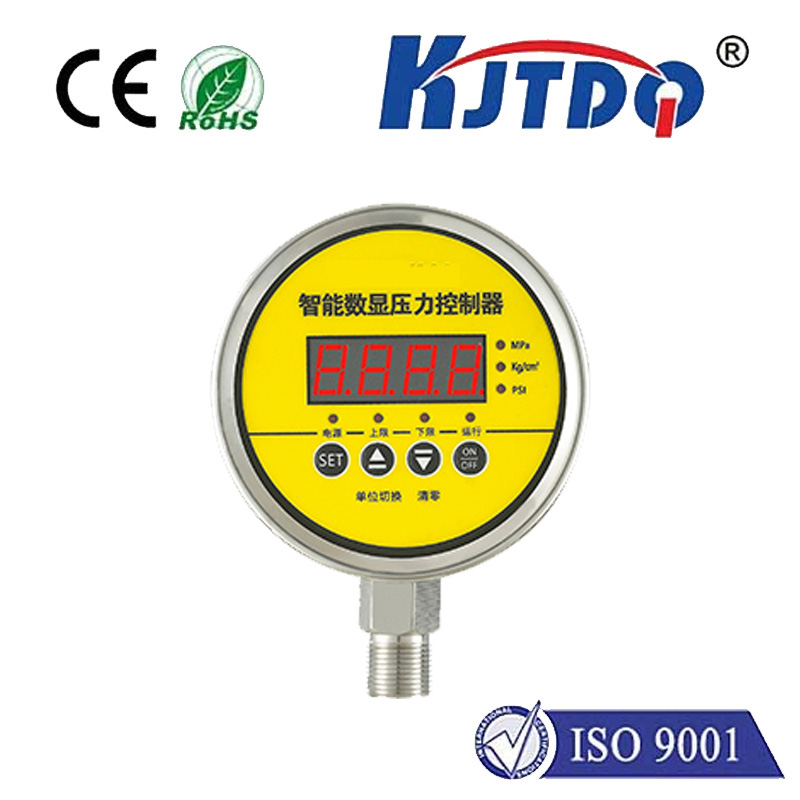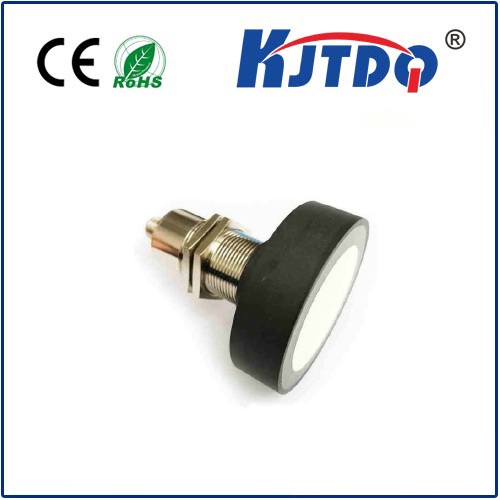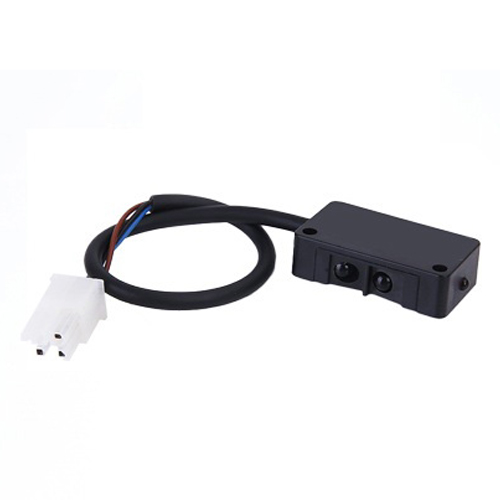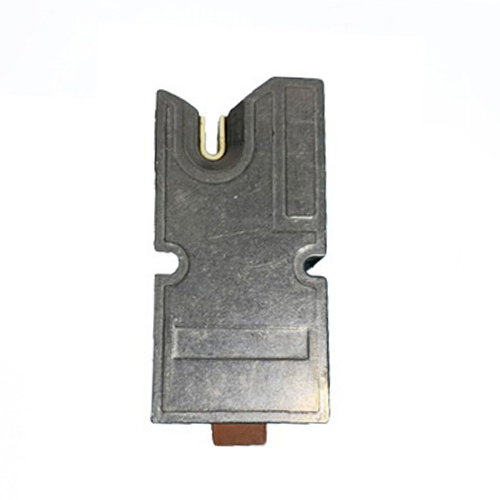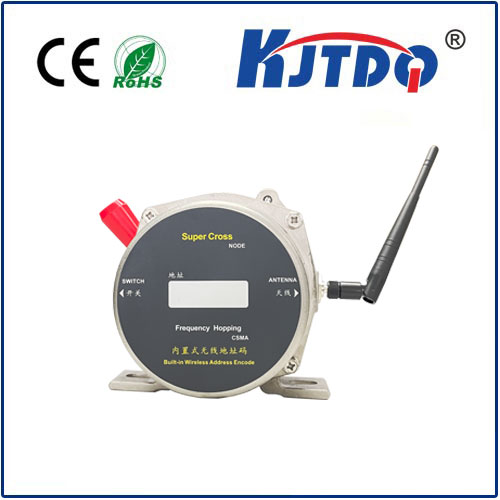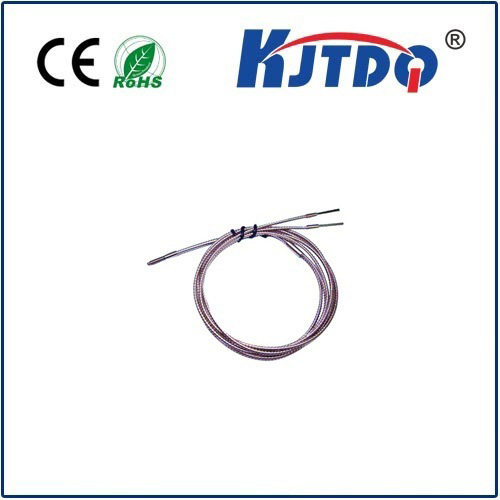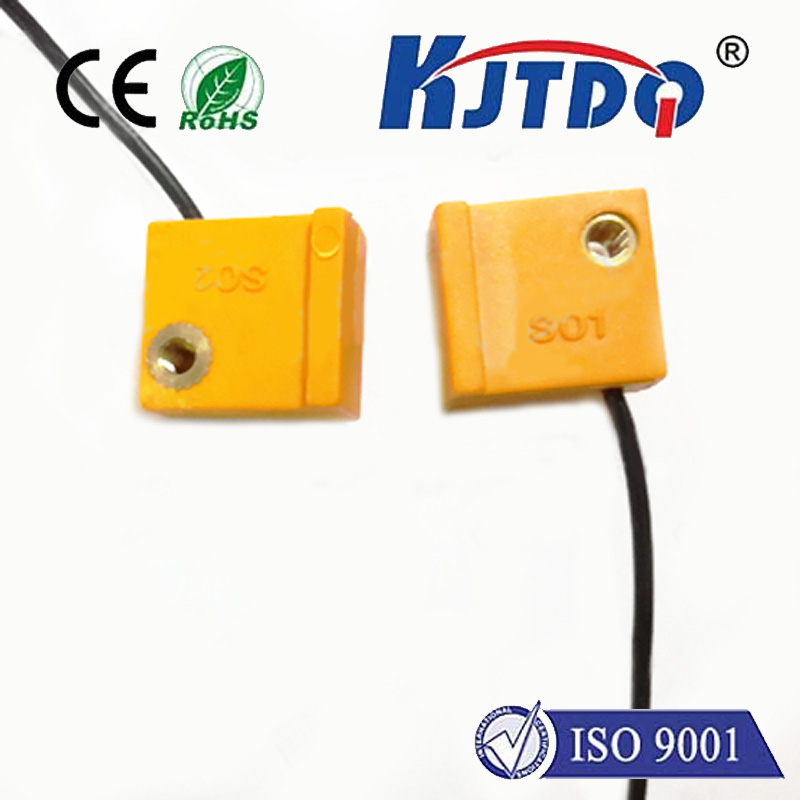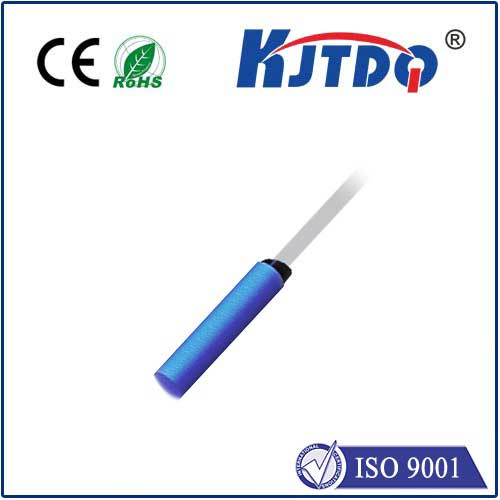12mm proximity sensor
- time:2025-06-12 20:19:44
- Click:0
The Mighty 12mm Proximity Sensor: Big Impact in Compact Automation
Imagine a high-speed production line suddenly halting. Bottles tip over, conveyor belts jam, and costly minutes tick away. Often, the culprit isn’t a massive machine failure, but something as small, yet critical, as a faulty sensor. Enter the unsung hero of industrial control: the 12mm proximity sensor. This compact powerhouse, defined by its standardized barrel size, is the linchpin in countless automated systems, offering non-contact, reliable detection where space is tight and performance is paramount.
Proximity sensors work on a beautifully simple principle: detecting the presence or absence of a target object without physical contact. The 12mm inductive proximity sensor, the most common type for metallic objects, generates an electromagnetic field. When a metal target enters this field, it induces eddy currents within the target, causing a detectable change in the sensor’s internal oscillator. This change triggers the sensor’s output switch. For non-metallic targets (liquids, powders, plastics), capacitive 12mm proximity sensors are used, detecting changes in capacitance caused by the target entering the sensor’s electrostatic field.
Why focus specifically on the 12mm form factor? This size strikes a near-perfect balance in industrial automation:

- Space Efficiency: In densely packed control panels, robotic arms, or compact machinery, every millimeter counts. The small 12mm diameter allows installation where larger sensors simply wouldn’t fit. This enables smarter, more integrated machine design.
- Optimized Sensing Range: While smaller sensors exist (e.g., 4mm, 8mm), their sensing distance becomes extremely limited. Larger sensors (e.g., 18mm, 30mm) offer longer ranges but consume valuable space. The 12mm proximity sensor typically offers a practical sensing range of 2-4mm (for inductive types), sufficient for most close-proximity detection tasks common in automation.
- Robustness & Standardization: Despite its compact size, the 12mm barrel is a robust industrial standard. It features rugged threaded metal housings (commonly M12x1 or M12x1.5 threads), ensuring secure mounting and resistance to vibration. Standardization also means abundant availability of mounting brackets, nuts, and protective accessories.
- Performance Versatility: The 12mm platform supports various key specifications:
- Output Types: NPN, PNP, Normally Open (NO), Normally Closed (NC), Analog (current or voltage), and IO-Link options provide flexibility for different PLC input requirements.
- Shielding: Shielded (flush-mountable) types offer precise, targeted detection and can be installed flush with metal surfaces. Unshielded (non-flush) types provide a slightly longer sensing range.
- Environmental Protection: High IP67 (dust-tight and protected against immersion) and often IP68/69K ratings ensure reliable operation in harsh conditions involving dust, splashing water, washdowns (common in food & beverage or pharmaceutical), and coolants found in machining centers.
- Material Compatibility: Stainless steel variants (like 316L) are essential for corrosive environments (chemical plants, marine applications) or stringent hygiene requirements.
The applications for 12mm proximity sensors are incredibly diverse, highlighting their indispensable role:
- Machine Tooling: Monitoring tool position, detecting workpiece presence in CNC lathes or machining centers, verifying chuck clamping.
- Packaging & Bottling: Counting bottles/cans on conveyors, detecting lid placement, verifying case packing completion. (Ensuring every bottle is capped before labeling is critical!)
- Material Handling: Detecting pallet position, verifying box/bag presence on conveyors, monitoring cylinder end positions.
- Robotics: End-of-arm tool detection (gripper open/close), verifying part pick/place location, guarding and safety limit switching.
- Assembly Lines: Confirming component presence before assembly (e.g., screws inserted), checking actuator positions.
- Automotive Manufacturing: Verifying door/hood placement on lines, detecting pistons or valves within engines, fluid level detection in reservoirs (capacitive sensors).
Selecting the right 12mm proximity sensor is crucial for optimal performance:
- Target Material: Use inductive sensors for metals; choose capacitive sensors for liquids, non-metals, or through-wall detection.
- Required Sensing Distance: Confirm the actual sensing distance needed for your application matches the sensor’s nominal range (Sn). Remember to account for installation tolerances.
- Output Configuration: Match the sensor’s output type (NPN/PNP sinking/sourcing) and switching function (NO/NC) to your control system’s input card.
- Environmental Conditions: Prioritize sensors with appropriate IP ratings (IP67 minimum is often standard, IP68/69K for washdown) and housing material (stainless steel for corrosion resistance).
- Shielding: Choose shielded for flush mounting or when surrounded by metal; non-shielded when maximum range is needed and surrounding metal isn’t an issue.
- Special Features: Consider requirements for high-speed switching, temperature extremes, or advanced diagnostics via IO-Link smart sensors.
When installing a 12mm proximity sensor, precision matters. Ensure proper alignment with the target. Maintain the specified gap between the sensor face and the target. Be mindful of potential interference from adjacent sensors or large metal structures. Utilize the standardized M12 threads and readily available locking nuts for secure mounting. Proper grounding is also essential, especially in environments prone to electrical noise.
Looking forward, the 12mm proximity sensor form factor continues to adapt. The integration of IO-Link communication into this compact housing transforms it into a smart sensor. This allows for remote configuration, real-time process data transmission (not just on/off status), predictive maintenance insights, and simplified wiring. This evolution ensures the humble 12mm sensor remains a vital component within the framework of Industry 4.0 and the Industrial Internet of Things (IIoT).
From ensuring precise part positioning on a high-speed assembly robot to guaranteeing bottles are filled correctly before capping, the 12mm proximity sensor consistently delivers reliable non-contact detection. Its unique combination of compact size, robust construction, standardized design, and versatile performance makes it an essential tool for engineers striving for efficiency, reliability, and miniaturization in complex automation environments.






